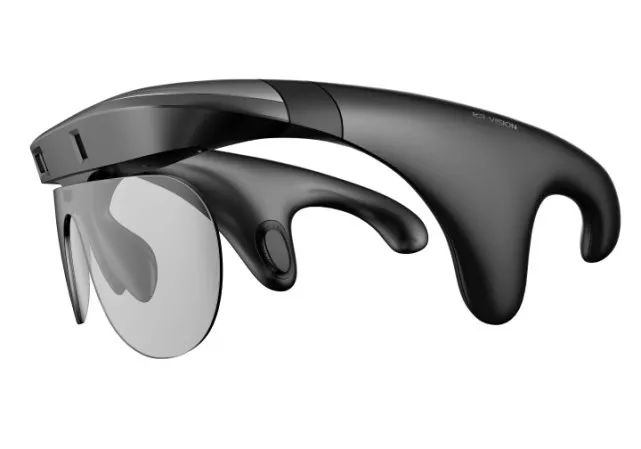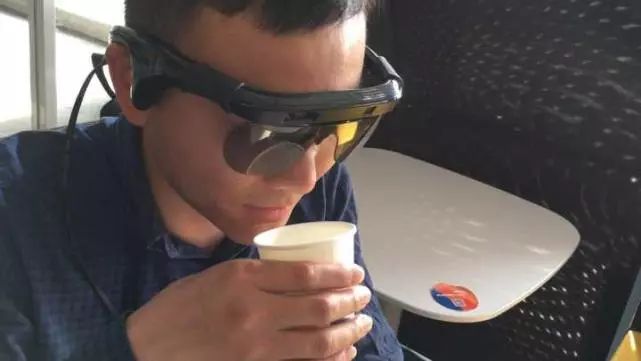New invention enables the blind to "see" the world
“Glasses for the blind are changing constantly. The GPS has been incorporated into new versions and it is predicted that the state-of-the-art face-recognition software will tell the wearer who is standing in front of him,” said CHEN Zuobing, Director of the Rehabilitation Research & Development Center of the Industrial Technology Research Institute and Director of the Rehabilitation Medical Research Center of the School of Medicine, Zhejiang University.

This pair of glasses is developed to help visually challenged people by collecting information about the surroundings via a camera that grabs a live video feed of everything in sight and converting it into audio signals.
Its frame section includes a miniature camera and a data cable connected with a processing unit which handles captured information. Its earpiece is very special. “The audio cue is sent from the earpiece to the wearer via bone conductance,” explained CHEN Zuobing.
It is the first version of glasses to aid blind people in China. At its core are an infrared binocular camera and a processing unit. Through the camera and a millimeter-wave radar, it can obtain 3D information regarding the ambient environment, such as the distance, position and size of an obstacle. The processing unit will utter different sounds in response to different situations.
These sounds are transmitted via bone conductance. On the credit side, people around the wearer cannot hear these sounds while the wearer can easily discern them and audio cues received in the brain.
Although the blind and visually impaired people are unable to see, they possess acute hearing, thereby making it highly convenient for them to pick up information regarding audio cues.
The research and development process has not yet been easy and smooth. This research was once circumscribed by the pre-warning system for close-distance obstacles. When obstacles are within a distance of 0.5 meter, sensors will be incapable of getting this distance.

Nevertheless, this short 0.5 meter is the most nerve-racking distance for the blind.
To crack this hard nut, researchers have incorporated 3D information in the short-distance dead zone. In this way, the shortest testing distance of the sensor has fallen from 0.5 meter to 48 millimeters.
“This has filled the void in rehabilitation medicine, though it may sound like a slight exaggeration,” said CHEN Zuobing, “Rehabilitation medicine is concerned with the prevention, diagnosis, treatment and rehabilitation management of people with disabling medical conditions. However, it cannot help them restore their eyesight. In daily life, they have to rely on canes, dogs or tactile pavements. With this pair of glasses, they may even be able to go to the supermarket on their own.”
The Rehabilitation Department of the First Affiliated Hospital of Zhejiang University has provided sample glasses for many blind and visually challenged people. Their feedback has also helped the improvement of glasses. Over 80% of the satisfaction rate from more than 1,000 users has attested to their convenience.
Blind and visually impaired women complain that this pair of glasses is not very pleasing in appearance. They may be concerned about their identity in the hope of not capturing too much attention.
Besides, when the wearer is standing on a packed street, he or she may feel at a loss due to noisy audio signals. The research team will conduct a follow-up research into how to discern different signals in a complex environment.
This pair of glasses clinched the championship in the 2017 China Youth Internet Entrepreneurship Contest. It has been put on the market at the price of over 4,000 yuan.